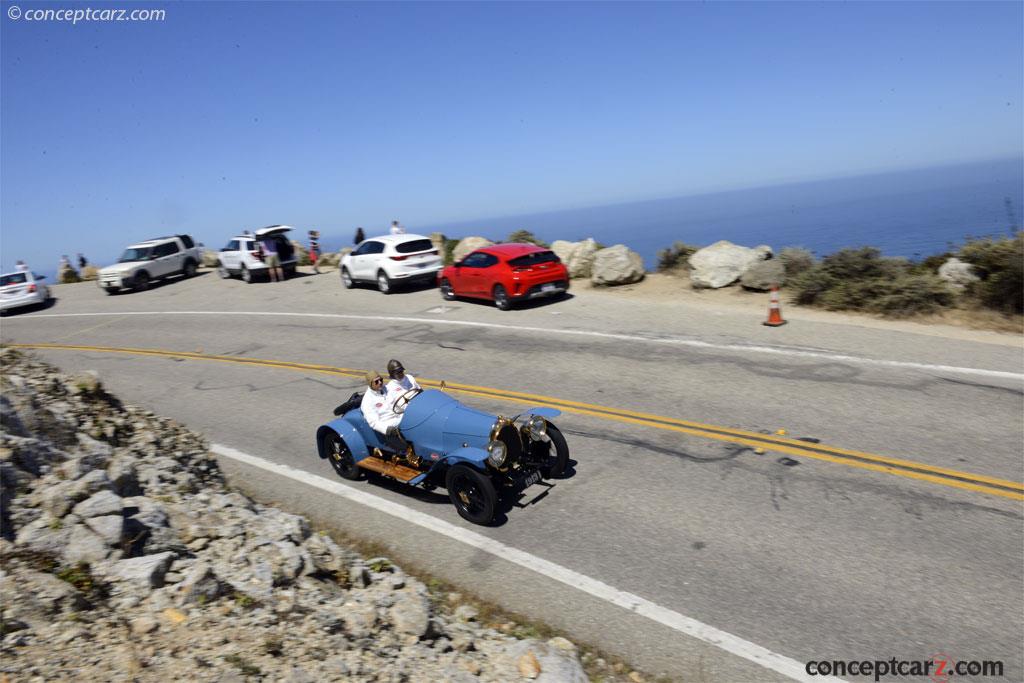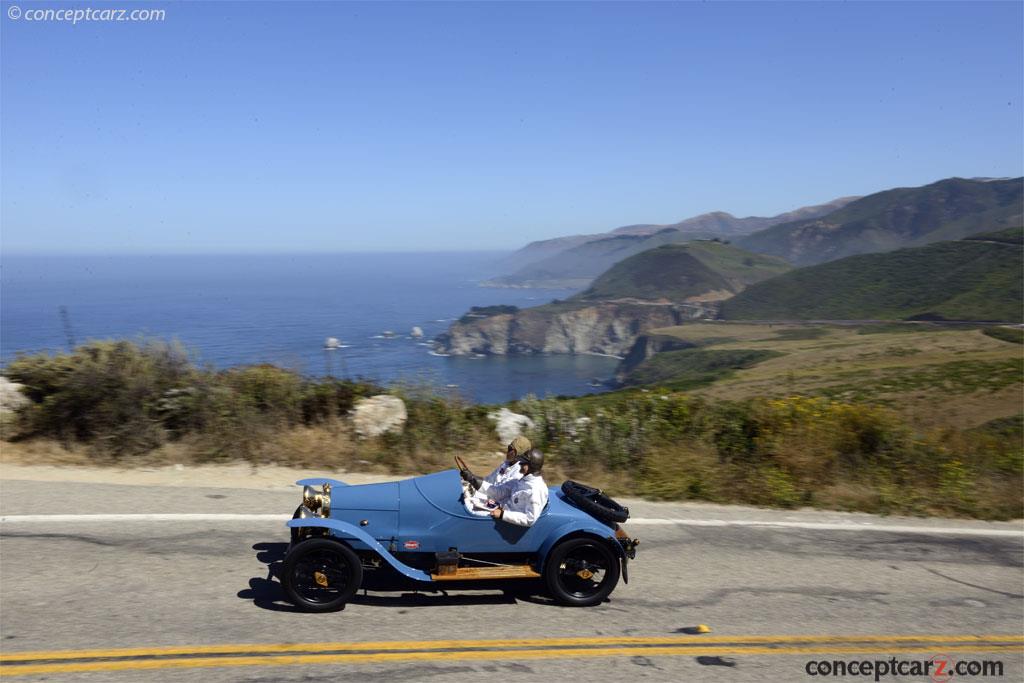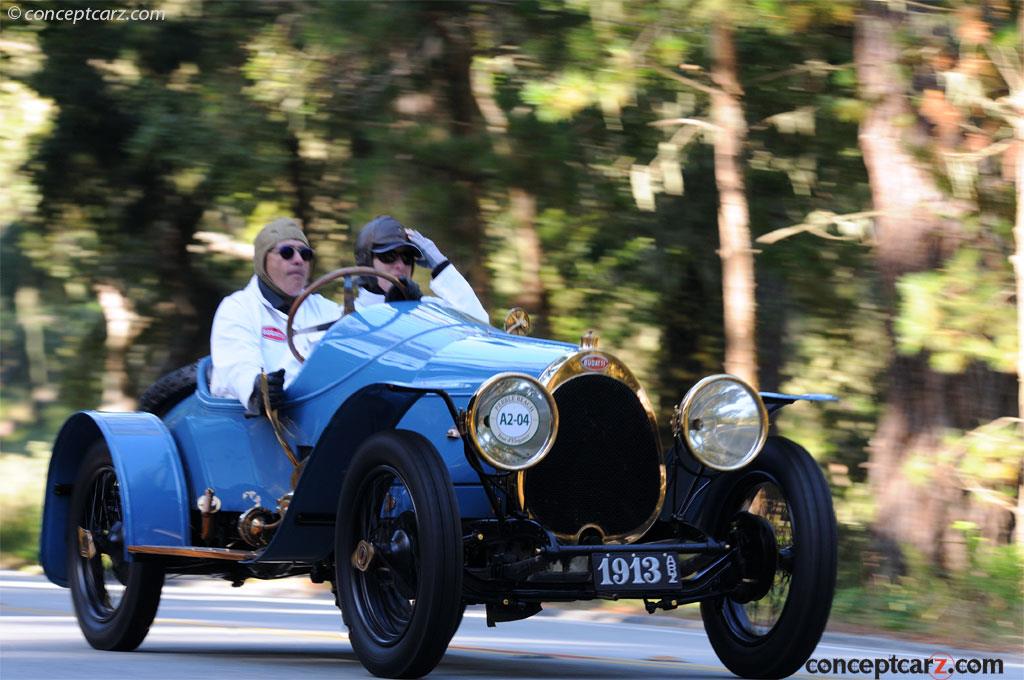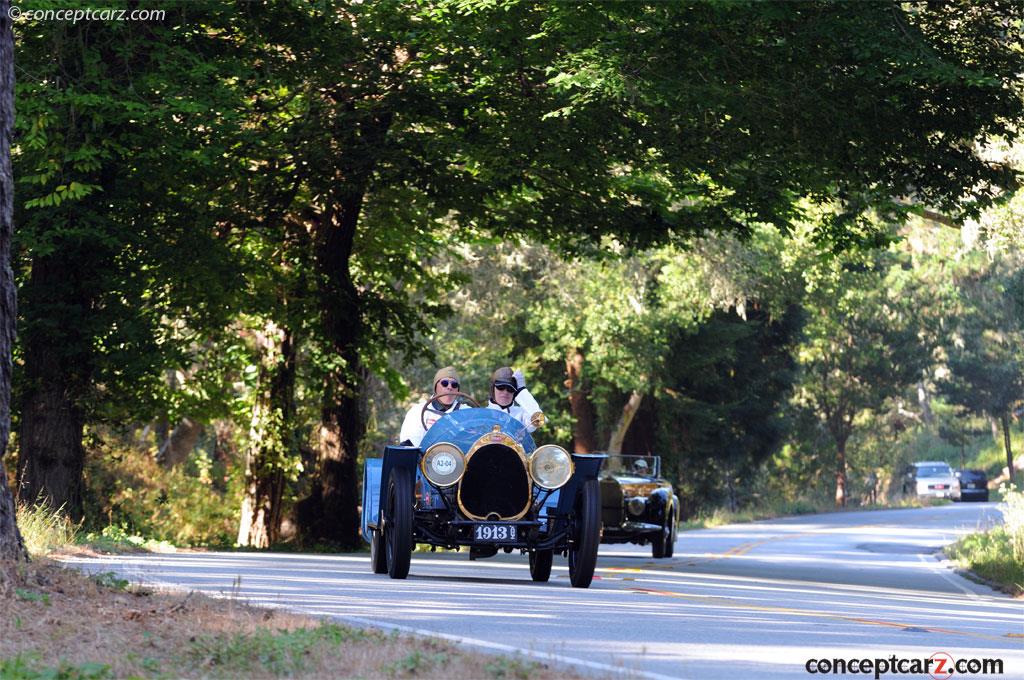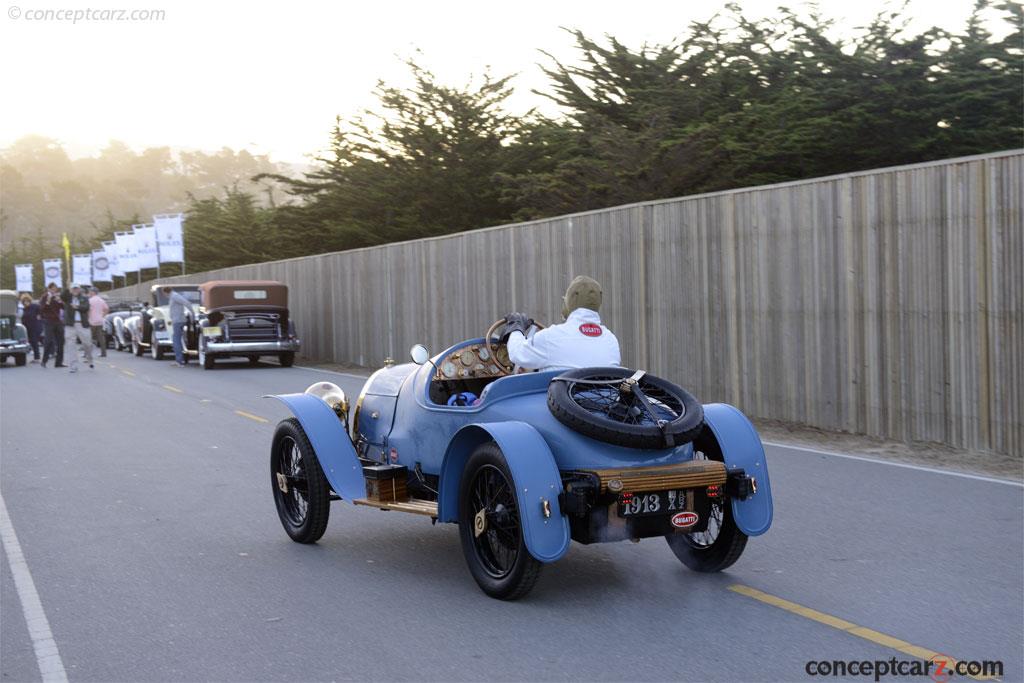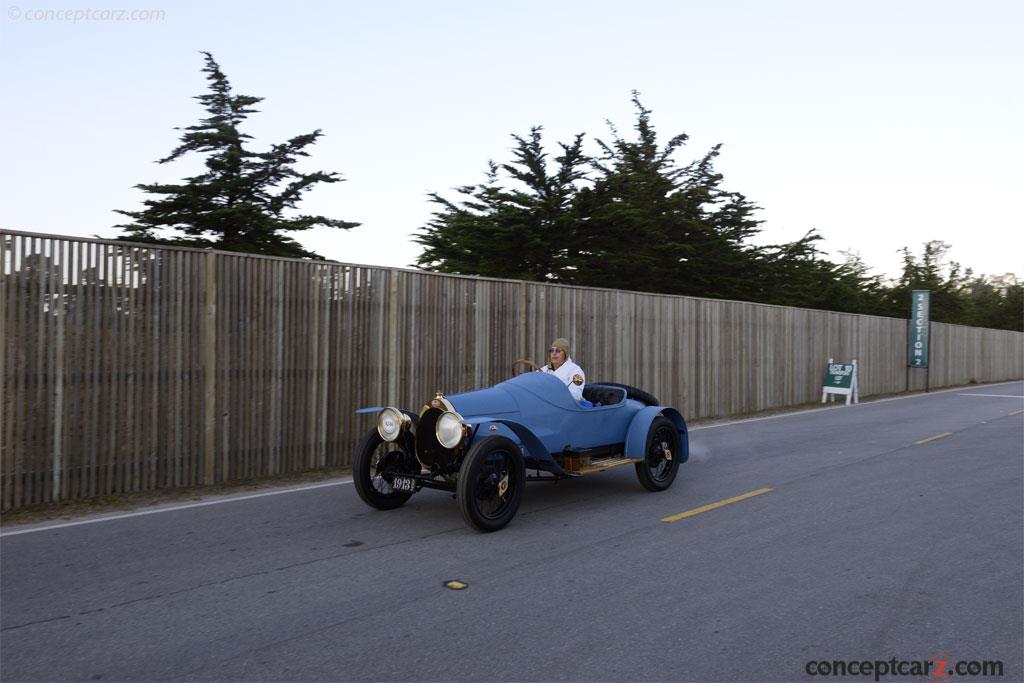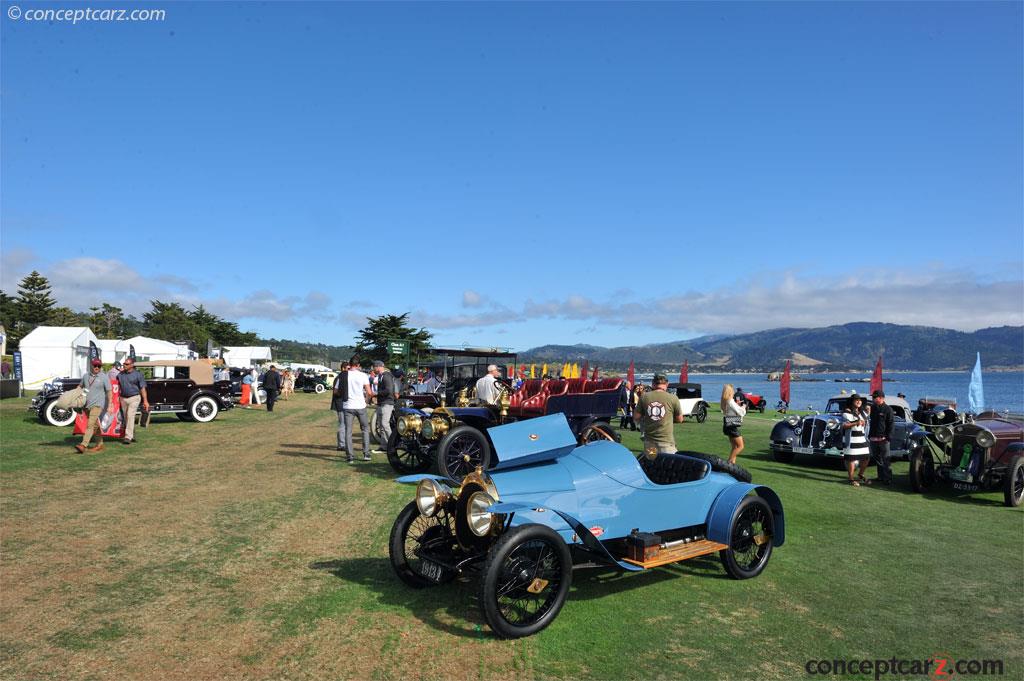Following the Bugatti Type 10 prototype, Ettore Bugatti introduced the Type 13, the company’s first production pur sang, or ‘little thoroughbred.’ A total of 435 examples were built between 1910 and 1920. It was also among the first automobiles fitted with a four-valve cylinder head, evolving into an eight-valve and a racing 16-valve design.
The Bugatti Type 22 that followed was based on the Type 13, but with a larger road-going body. It had a 1.4-liter, single overhead camshaft, 4-cylinder engine mounted into a 94.5-inch wheelbase platform. The aluminum engine had an all-ball bearing camshaft (roller bearings), banana tappets (no rocker arms), and Ettore Bugatti’s signature on the motor. The bodies had swooping fenders, rounded edges, wire wheels, and an ovalized brass radiator. Many individuals attribute the horseshoe shape of the radiator to Ettore’s love of horses, while others believe it came from the archway in front of his chateau.

